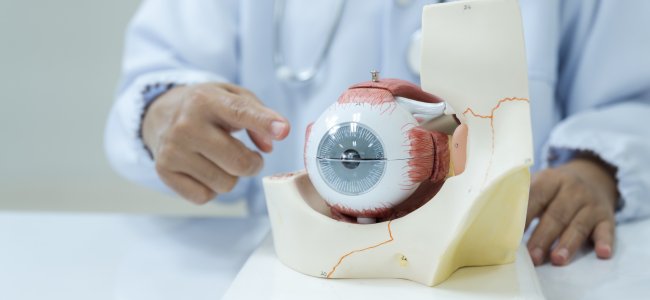Homonymous hemianopsia and its issues

Now that we are more familiar with this symptomatology, as we went over it in our article “3 concepts to better understand hemianopsia” in which we analysed the functional dynamics of the visual cortex and the possible lesions that can form were addressed, we can move on to explore the actual problems of homonymous hemianopsias, that we are faced with every day, such as difficulty in reading.
During this excursus, aimed at empathizing with the hemianoptic subject, we chose to focus on the homonymous hemianopsia ( to discover all types of hemianopsia read our article: “4 main types of hemianopsia and how to distinguish them”).
The major issues arising from homonymous hemianopsia concern 3 areas:
- reading
- driving
- movement
Here is a short video by Steve Jacques in which an idea of what is behind the deficit is given.
Problems associated to homonymous hemianopsia: difficulty in reading
Among the many difficulties and problems that a homonymous hemianoptic subject must face and manage in their everyday life, a significant slowdown in the reading process immediately catches the eye. During this activity, the eye makes a series of small movements to pass from one word to another, and this visual deficit makes reading slow and frustrating. Issues may arise as either right or left homonymous hemianopsia:
- Emianopsia omonima destra: nel caso in cui il punto cieco del soggetto risieda nel campo visivo destro il problema in cui si incorre va a inficiare una lettura veloce e scorrevole. In questo caso il soggetto è impossibilitato dal vedere le parole successive della solita riga.
- Right homonymous hemianopsia: in the case where the blind spot of the subject resides in the right field of vision, it affects fast and smooth reading. The subject is unable to see the full sentence.
Rehabilitation exercises for reading
A possible treatment for these issues consists in the use of a ruler, to help the subject direct his gaze on the right line of text, working simultaneously, with the intent to extend the scope of small eye movements as we move from one line of text to the next.
We can recognize two different reading methods depending on the type of homonymous hemianopsia treated:
- The right hemianoptic subject ought to place the text downwards.
- The left hemianoptic subject ought to place the text upwards, having a visual check on the next line.
The problems of the homonymous hemianopsia: difficulty driving
Another problem lies in the difficulties that can be encountered whilst driving, activity which requires undivided attention. Anyone suffering from this symptomatology may find it difficult to see other cars coming while changing lanes; another significant issue is the inability to see pedestrians or animals located on the sides of the road, leading to a withdrawal of the licence.
Therefore, you should apply for an evaluation of your driving skills at your local medical licensing boards.
Difficulty in movement
Obviously, the difficulties that the hemianoptic patient encounters embrace all the dynamics of everyday life, ranging from the inability to see some objects on their desk, to the impossibility of practising sports (just think of any team sport: opponents in blind spots are excluded from the subject’s vision). The difficulties of movement concern, of course, even the simple act of walking, for this reason, it is advisable to have a companion.
Psychological problems
To all these dysfunctions, deriving from the homonymous lateral hemianopsia, psychological problems are usually associated: the loss of their independence, frustration generated by this new condition and the lack of opportunities both in the work and personal life, inevitably affecting the subject, sometimes triggering a depressive episode.

You are free to reproduce this article but you must cite: emianopsia.com, title and link.
You may not use the material for commercial purposes or modify the article to create derivative works.
Read the full Creative Commons license terms at this page.








